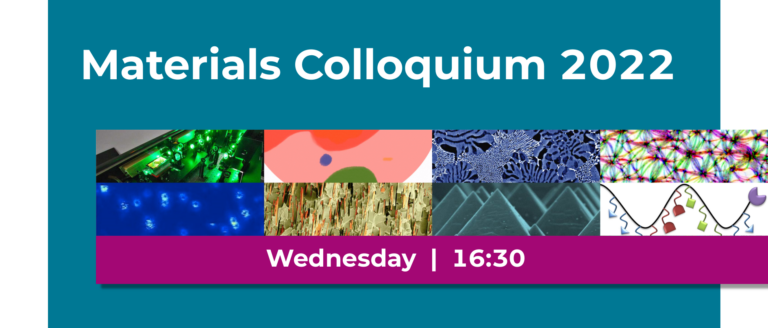Materials Colloquium 2023, April 5th
In-person in HCI J4: Better than meat with material science Patrick Rühs (Planted Foods AG) Meat accounts for nearly 60% of all greenhouse gases from food production and is associated with detrimental health effects and ethical issues. Despite these pressing challenges,…

